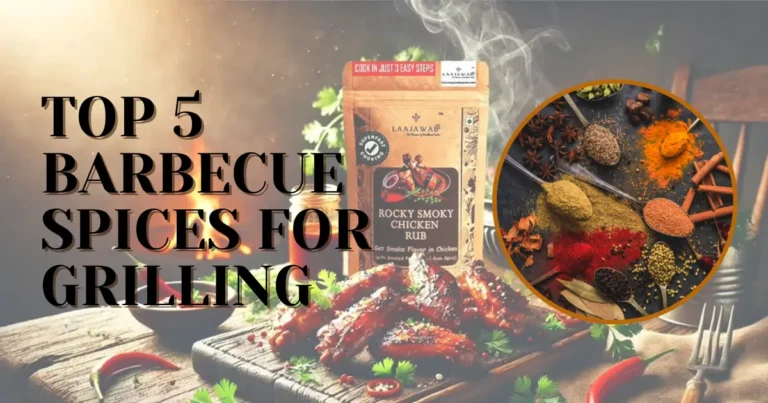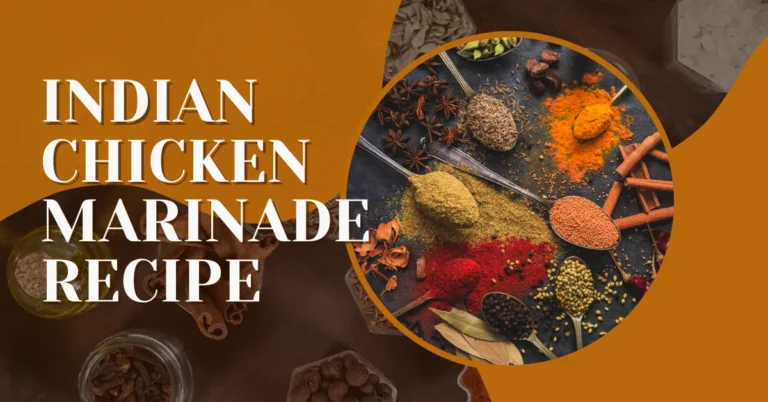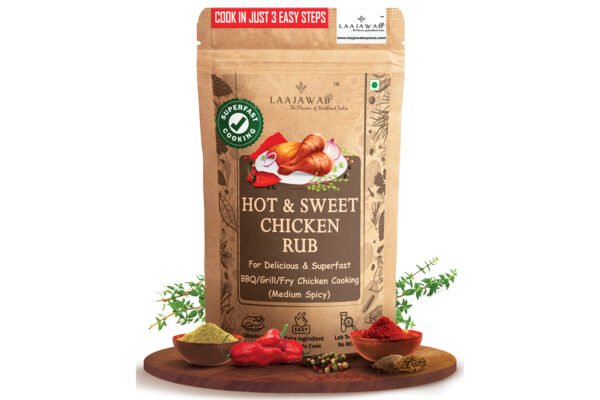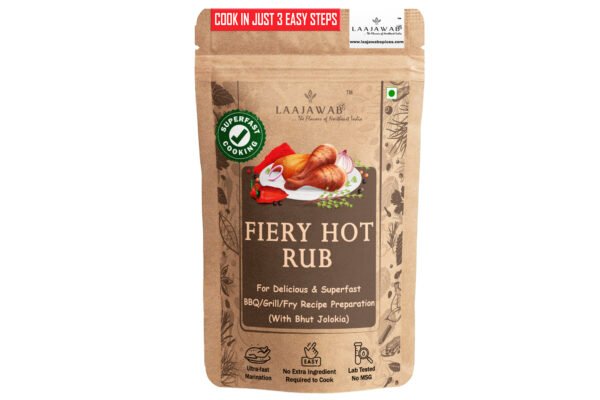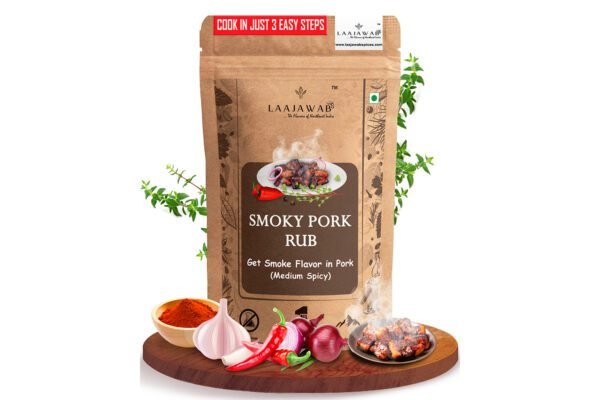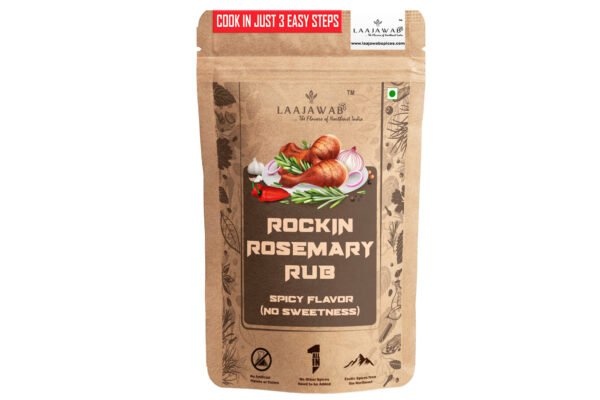Coronavirus scare upon humanity
Coronavirus (COVID-19) is a new breed of virus which is highly contagious like the earlier SARS, bird flu, swine flu etc. Our country India has left no stone unturned to check the spread of the virus, taking measures like Janta curfew, Lockdown etc. While the global research for novel drugs and vaccines against coronavirus continues at a rapid pace, it’s time we explore alternative anti-viral strategies that one can conveniently and easily adopt.
Coronavirus and other related viruses
Today the term coronavirus is the most common word in media all over the world. Have you ever wondered what a coronavirus is? What is it made up of? Actually, viruses are miniscule microscopic organisms that can only replicate (multiply) inside living cells of other organisms. In other words, they need a host to reproduce and increase their number. This host can be a human or any other animal. Coronaviruses are a related group which form a family of virus called Coronaviridae. Recent COVID-19 virus and the SARS coronavirus (SARS-CoV) come under this family. They are similar to another group of viruses, the influenza group of viruses which come under the family Orthomyxoviridae. By influenza, we mean those viruses that commonly cause different types of flu like common flu (viral fever), bird flu, swine flu in humans. Viruses are so small, only about 80-120 nanometers (1 nanometer = 1 billionth of a meter) in diameter. Other groups of viruses like rhinovirus which causes common cold are even smaller, 20-30 nanometers in diameter.

All these viruses have an envelope (covering) surrounding the genetic material Ribonucleic acid (RNA). For comparison, human cells have Deoxy-ribonucleic acid (DNA) as the genetic material. In a nutshell, a virus particle looks like a small sphere whose outer covering is the envelope, containing RNA inside.
How viruses invade us?
Viruses need to attach themselves to human cell surface via special glycoproteins present in the viral envelope, before they can properly enter inside the human cell. Once inside, it makes multiple copies of its RNA (a process known as replication) using the host human cell’s resources, ultimately killing the human cell. Eventually, numerous daughter/new viruses emerge out via bursting of the host cell. Then, each one of these new viruses can attach to another human cell and this cycle continues on and on.
Humanity looks to Mother Nature for help
Nature has bestowed upon us several herbal solutions to improve our health and immunity, spices being principally one of them. Spices are special aromatic plant parts like seeds, stems, flowers, bark etc. that find regular culinary usage worldwide. Known to us for their distinctive flavor and aroma, spices are also our important health caretakers.
Natural compounds known commonly as phytochemicals are an important source of novel anti-infectives. Spices are a reservoir of exotic phytochemicals that have potent anti-viral, anti-bacterial and anti-fungal properties.
Spices are rich source of anti-virals
The medicinal value of spices have been realized by human civilization since ancient times. Ayurvedic and Unani texts describe the use of different spices for treating various human ailments. Modern scientific research has now established that spices possess potent anti-microbial properties and also boosts human immunity against pathogens.
For instance, the phytochemical Curcumin (found in Turmeric powder), has shown potent anti-viral activity against numerous virus types including Influenza virus, Hepatitis C virus, Herpes virus (HSV) and HIV (Human Immunodeficiency Virus, the causative agent of AIDS) [1]. Curcumin hinders influenza virus progression in two steps. Firstly, Curcumin has been shown to stop the attachment of Influenza virus to human cells [2]. Secondly, it also hinders the replication of viral RNA inside human cells [2, 3]. Against the SARS coronavirus (SARS-CoV), curcumin inactivates a crucial viral protein responsible for RNA replication, thus disabling the virus to multiply its RNA [4, 5]. Since, COVID-19 is also a coronavirus, we can fully expect that turmeric will also be effective against it. Curcumin is also an immunity stimulant and possess strong anti-cancer, anti-bacterial and anti-fungal properties [6, 7].
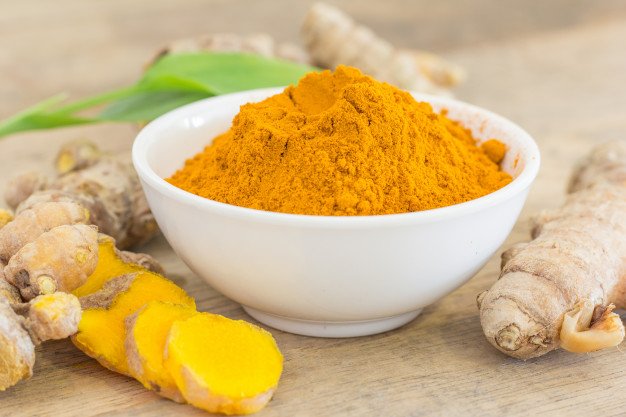
(A) Turmeric powder prepared from turmeric

(B) Black-pepper powder and pepper-corns
Black pepper is a gem for health and immunity boosting properties. The phytochemical Piperine (found in Black Pepper powder) has anti-viral, anti-inflammatory and anti-cancer properties, as established by modern scientific research [8-10]. Black pepper powder contains essential oils which is known to regulate autoimmune disorders, as well as strengthen and fortify our immune system [10-12]. Besides, Piperine enhances absorption of essential nutrients like vitamin B12, beta-carotene and curcumin, calcium, selenium & tea phytochemicals, in the human gut [13-15]. Thus, Black pepper powder is advised to be taken along with Turmeric or Tea, to reap the full benefits of all these magical herbs.
Cumin is another spice, known for its distinctive flavor and is an essential part of Indian cuisine. Cumin has anti-microbial property. In a recent study, cumin essential oil extract was found to inhibit growth of Herpes simplex virus-1 (HSV-1) [16]. The mechanism is the inhibition of attachment of the virus particle to human cell membrane. EHP [1-(2-Ethyl, 6-Heptyl) Phenol], a natural compound purified from cumin seeds extract was able to kill or inhibit three types of viruses namely: Hepatitis A virus (HAV), Coxsackie B4 Virus (Cox B4), and Herpes simplex virus-1 (HSV-1) [17]. Cumin has also shown anti-fungal activity in many studies.
Other notable spices with anti-viral properties are garlic, ginger and fennel. Garlic has been proven to be effective against Influenza A and B, HIV, HSV-1, viral pneumonia, rhinovirus and even human papillomavirus (HPV), the causative agent of cervical cancer in women [18, 19]. Ginger has been demonstrated to have impressive anti-viral activity thanks to its high concentration of potent phytochemical compounds. Gingerols and Zingerone are ginger phytochemicals that prevents viral entry to human cells and inhibit viral replication [20, 21]. So far we know that ginger inhibits a wide variety of viruses including avian influenza, Respiratory syncytial virus (RSV), and feline calicivirus (FCV) [22-24]. Trans-anethole, one of the main component of fennel essential oil is effective against herpes viruses and parainfluenza type-3 (PI-3), which causes respiratory infections in cattle [25, 26]. Fennel powder also has anti-inflammatory property and boost the immune system [27].
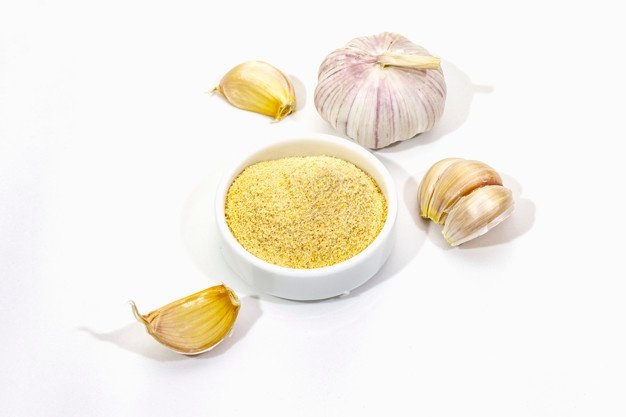
(A) Garlic powder prepared from garlic cloves

(B) Ginger powder made from ginger
Epilogue
Finely powdered spices have better absorption and bioavailability for our human system than whole spices as proven by modern studies. This is because the phytochemical accessibility increases due to greater surface area. Hence, smaller quantities of powdered spices is sufficient for our purpose rather than taking large quantity of whole spices.
At a time when the world is working hard to design a novel drug for combating corona, it is high time we also look into alternative medicine which can be easily available at our disposal. Any synthetic designed novel anti-corona drug will certainly be expensive as is the case with allopathic formulations, and at times can be inaccessible to common people. Coupled with that, synthetic drugs are always associated with numerous side-effects. Spices are cheaper and easily accessible to the local population. Moreover, Spices are herbals and have always been recognized as free from any unwanted side-effects.
So why not give spices a try to boost our immunity? After all, let us utilize all the weapons at our arsenal in the combat against corona. Jai Hind!
REFERENCES
- Praditya, D., et al., Anti-infective Properties of the Golden Spice Curcumin. Front Microbiol, 2019. 10: p. 912.
- Dai, J., et al., Inhibition of curcumin on influenza A virus infection and influenzal pneumonia via oxidative stress, TLR2/4, p38/JNK MAPK and NF-kappaB pathways. Int Immunopharmacol, 2018. 54: p. 177-187.
- Moghadamtousi, S.Z., et al., A review on antibacterial, antiviral, and antifungal activity of curcumin. BioMed research international, 2014. 2014: p. 186864-186864.
- Barnard, D.L. and Y. Kumaki, Recent developments in anti-severe acute respiratory syndrome coronavirus chemotherapy. Future virology, 2011. 6(5): p. 615-631.
- Wen, C.C., et al., Specific plant terpenoids and lignoids possess potent antiviral activities against severe acute respiratory syndrome coronavirus. J Med Chem, 2007. 50(17): p. 4087-95.
- Teow, S.-Y., et al., Antibacterial Action of Curcumin against Staphylococcus aureus: A Brief Review. Journal of tropical medicine, 2016. 2016: p. 2853045-2853045.
- Hewlings, S.J. and D.S. Kalman, Curcumin: A Review of Its’ Effects on Human Health. Foods (Basel, Switzerland), 2017. 6(10): p. 92.
- Couceiro, J.N.S.S., et al., Natural piperine as a new alternative against influenza viruses. Virus Reviews & Research 2005. Vol 10 (1).
- Zou, L., Y.-Y. Hu, and W.-X. Chen, Antibacterial mechanism and activities of black pepper chloroform extract. Journal of food science and technology, 2015. 52(12): p. 8196-8203.
- Stojanović-Radić, Z., et al., Piperine-A Major Principle of Black Pepper: A Review of Its Bioactivity and Studies. Applied Sciences, 2019. 9(20): p. 4270.
- Doucette, C.D., et al., Piperine from black pepper inhibits activation-induced proliferation and effector function of T lymphocytes. J Cell Biochem, 2015. 116(11): p. 2577-88.
- Jeena, K., et al., Antioxidant, Anti-inflammatory and Antinociceptive Properties of Black Pepper Essential Oil (Piper nigrum Linn). Journal of Essential Oil Bearing Plants, 2014. 17(1): p. 1-12.
- Hobbs, T., et al., A novel, multi-ingredient supplement to manage elevated blood lipids in patients with no evidence of cardiovascular disease: a pilot study. Altern Ther Health Med, 2014. 20(5): p. 18-23.
- Patil, V.M., S. Das, and K. Balasubramanian, Quantum Chemical and Docking Insights into Bioavailability Enhancement of Curcumin by Piperine in Pepper. J Phys Chem A, 2016. 120(20): p. 3643-53.
- Butt, M.S., et al., Black pepper and health claims: a comprehensive treatise. Crit Rev Food Sci Nutr, 2013. 53(9): p. 875-86.
- Motamedifar, M., N. Ghafari, and P.T. Shirazi, The Effect of Cumin Seed Extracts against Herpes Simplex Virus Type 1 in Vero Cell Culture. Iranian Journal of Medical Sciences 2010. 35(4).
- Mohamadein, M.M., R.M. Farrag, and A.A.I. Mekawey, Antiviral and Antidermatophytic Activity of a Compound Extracted from Cuminum Cyminum Seeds. . Biomed Pharmacol J, 2015. 8(2).
- Bayan, L., P.H. Koulivand, and A. Gorji, Garlic: a review of potential therapeutic effects. Avicenna journal of phytomedicine, 2014. 4(1): p. 1-14.
- Dehghani, F., et al., Healing effect of garlic extract on warts and corns. International Journal of Dermatology, 2005. 44(7): p. 612-615.
- Kim, S.O., et al., [6]-Gingerol inhibits COX-2 expression by blocking the activation of p38 MAP kinase and NF-kappaB in phorbol ester-stimulated mouse skin. Oncogene, 2005. 24(15): p. 2558-67.
- Arora, R., et al., Potential of Complementary and Alternative Medicine in Preventive Management of Novel H1N1 Flu (Swine Flu) Pandemic: Thwarting Potential Disasters in the Bud. Evidence-based complementary and alternative medicine : eCAM, 2011. 2011: p. 586506-586506.
- Rasool, A., et al., Anti-avian influenza virus H9N2 activity of aqueous extracts of Zingiber officinalis (Ginger) and Allium sativum (Garlic) in chick embryos. Pak J Pharm Sci, 2017. 30(4): p. 1341-1344.
- Aboubakr, H.A., et al., In Vitro Antiviral Activity of Clove and Ginger Aqueous Extracts against Feline Calicivirus, a Surrogate for Human Norovirus. J Food Prot, 2016. 79(6): p. 1001-12.
- Chang, J.S., et al., Fresh ginger (Zingiber officinale) has anti-viral activity against human respiratory syncytial virus in human respiratory tract cell lines. J Ethnopharmacol, 2013. 145(1): p. 146-51.
- Astani, A., J. Reichling, and P. Schnitzler, Screening for antiviral activities of isolated compounds from essential oils. Evid Based Complement Alternat Med, 2011. 2011: p. 253643.
- Badgujar, S.B., V.V. Patel, and A.H. Bandivdekar, Foeniculum vulgare Mill: a review of its botany, phytochemistry, pharmacology, contemporary application, and toxicology. BioMed research international, 2014. 2014: p. 842674-842674.
- Lee, H.S., et al., Foeniculum vulgare Mill. Protects against Lipopolysaccharide-induced Acute Lung Injury in Mice through ERK-dependent NF-κB Activation. The Korean journal of physiology & pharmacology : official journal of the Korean Physiological Society and the Korean Society of Pharmacology, 2015. 19(2): p. 183-189.



